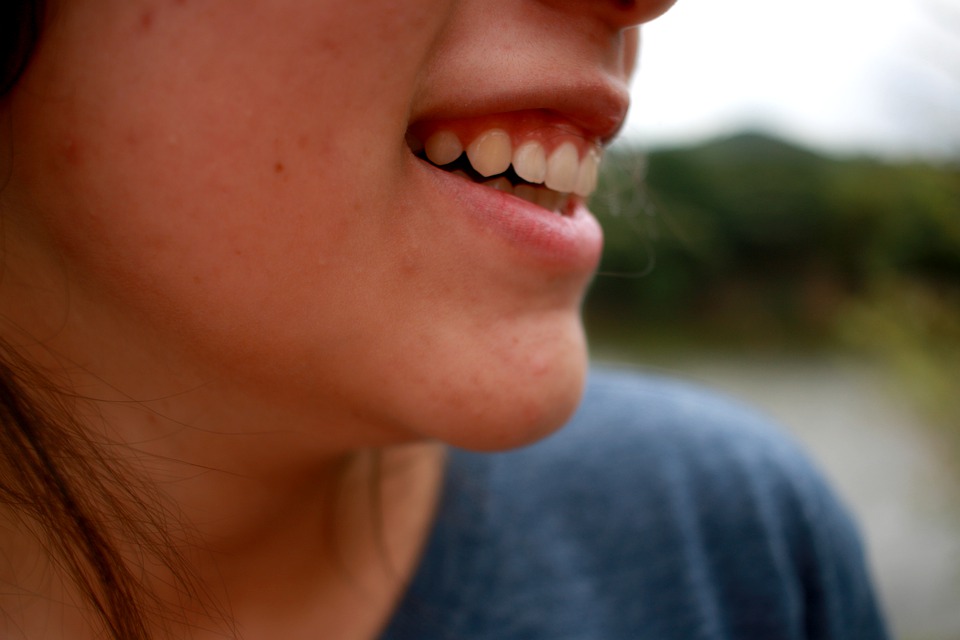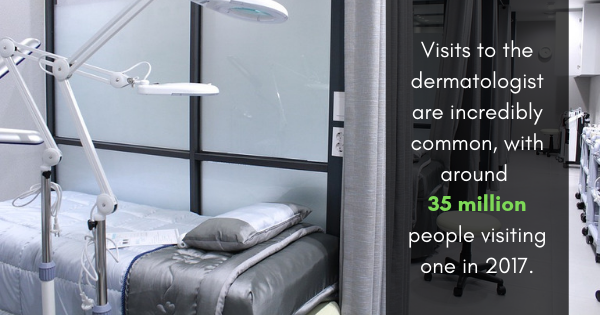
When the Bee Stings: Our Guide to Treating Pesky Bug Bites & Stings
Is that itchy red bump a mosquito bite, or something more serious? We’ve got the scoop.
Summer has arrived. That’s right: in the coming months, you can expect plenty of sun, surf….and maybe a bug bite or two. Of course, we recommend avoiding contact with bees, spiders, and mosquitoes if you can; but if your best efforts to avoid these pests fall short, never fear. Our guide to treating the most common types of insect bites should keep your side effects at bay.
Mosquito Bites
Mosquito bites can be pretty itchy, but relief can be found with an anti-itch cream like hydrocortisone or an oral antihistamine. If your bite swells, apply an ice pack for 15 to 20 minutes each hour for the first six hours after being bitten.
The best way to avoid mosquito bites in the first place is to make sure your skin is covered by both bug spray and clothing. A long-sleeved shirt, long pants, socks, and closed shoes should do the trick. If you use insect repellant, choose one with 20-30% DEET.
Bee Stings
Whether you’ve been stung by a bee, a wasp, or a yellowjacket, your first priority should be to clear the area. Bees congregate when they sense that a member of their hive is in danger — and one bee sting is easier to treat than 12! If the stinger is still lodged in your skin, remove it as quickly as possible: stingers inject venom over the course of about 20 seconds, so you may be able to remove it before all the venom has been released. You should also remain as calm as possible; any movement will hasten the venom’s progression through the bloodstream.
Once you’ve removed the stinger (either by flicking it out with your finger or scraping it out with a butter knife or credit card), wash the affected area with mild soap and water. Then, you can apply an ice pack and take an over-the-counter painkiller such as acetaminophen or ibuprofen to reduce pain and swelling.
To avoid future stings, refrain from using fragrant hair and body products and from wearing bright colors: these flower-like scents and sights can attract bees. If bees are already nearby, don’t swing or swat at them — stay calm, move slowly, and do not run. Wasps in particular are attracted by commotion.
Spider Bites
There are only a few species of spiders that can cause harm to humans — hobo spiders, brown recluses, and black widow spiders among them.
Treatment for a mild spider bite is much the same as treatment for a mosquito bite or bee sting: use ice packs and over-the-counter medication to mitigate the symptoms, and don’t scratch the affected area.
More Serious Symptoms
If you are experiencing any of the following symptoms post-bite, you should call 911 immediately:
- Hives
- Flu-like symptoms
- Difficulty breathing
- Cramps, nausea, vomiting
- Dizziness or faintness
- Swelling of eyelids, lips, or throat
Otherwise, if you’re showing signs of a bite but can’t identify the source, consult a dermatology professional for diagnostic guidance and treatment options.










No Comments
Sorry, the comment form is closed at this time.